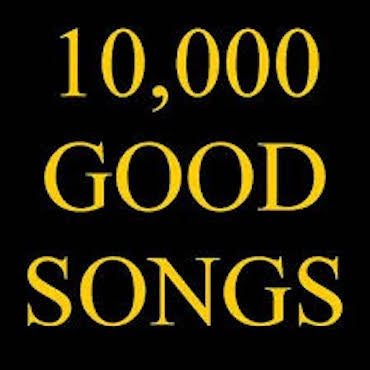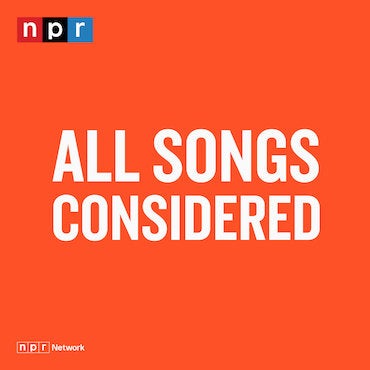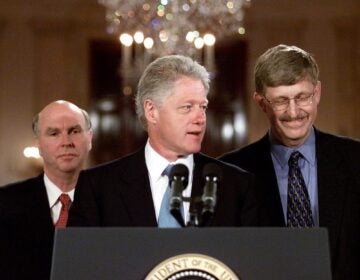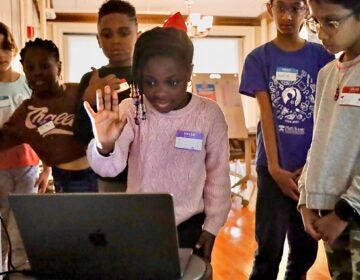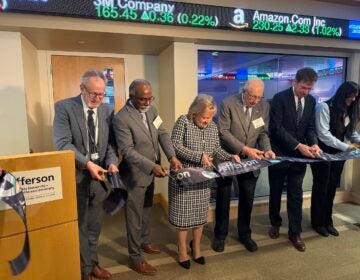The Brain Scoop and the sloppy business of learning
Listen 6:39-

Emily Graslie in a Cave in Kenya. (Courtesy of Greg Mercer of the Field Museum)
-
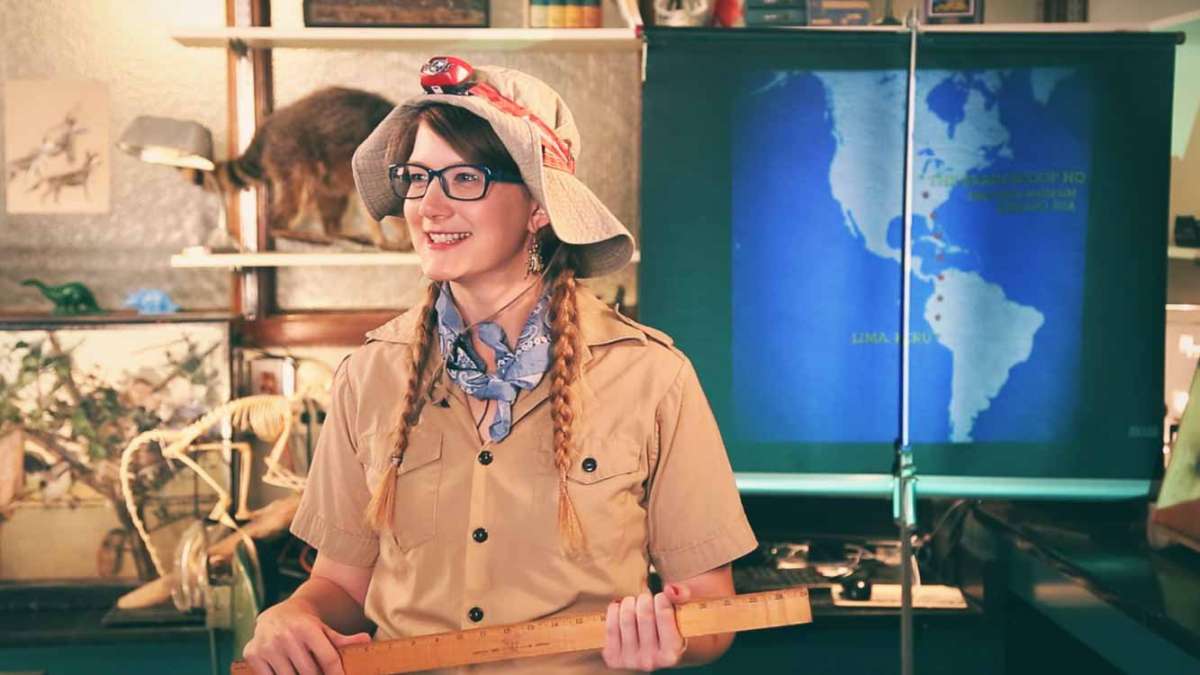
Emily Graslie working on her web series The Brain Scoop. (Courtesy of Tom McNamara of The Field Museum)
-
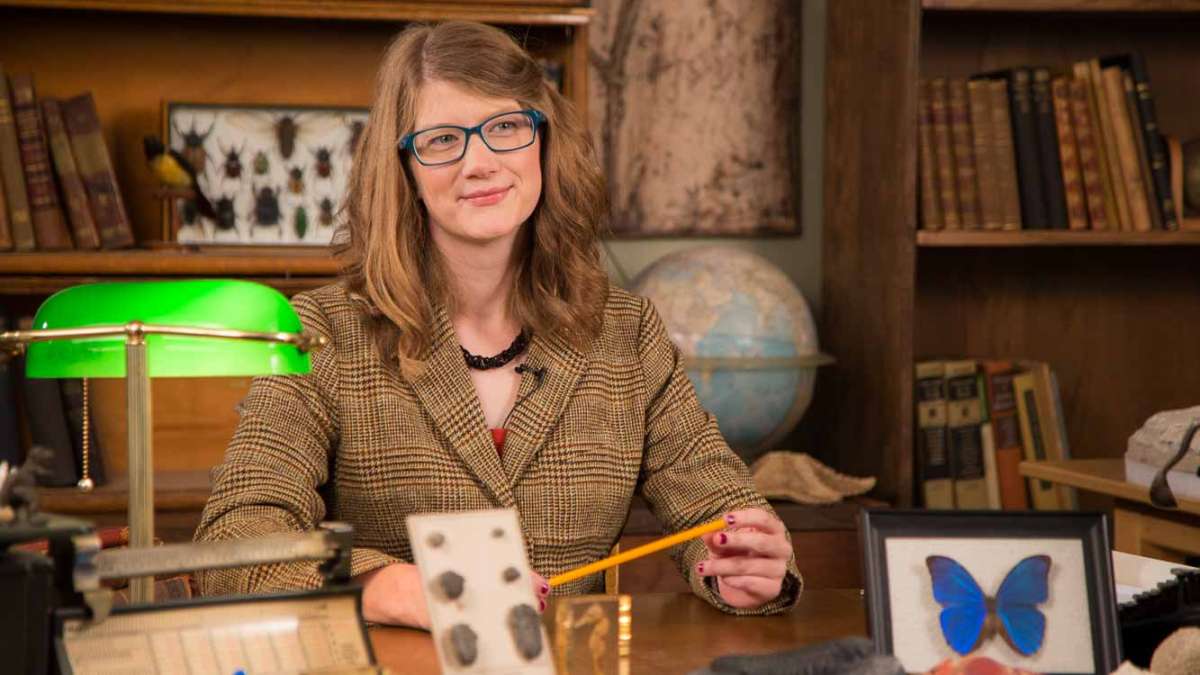
Through her web series, Emily Graslie explores natural history museums. (Courtesy of Sheheryar Ahsan of The Field Museum)
-
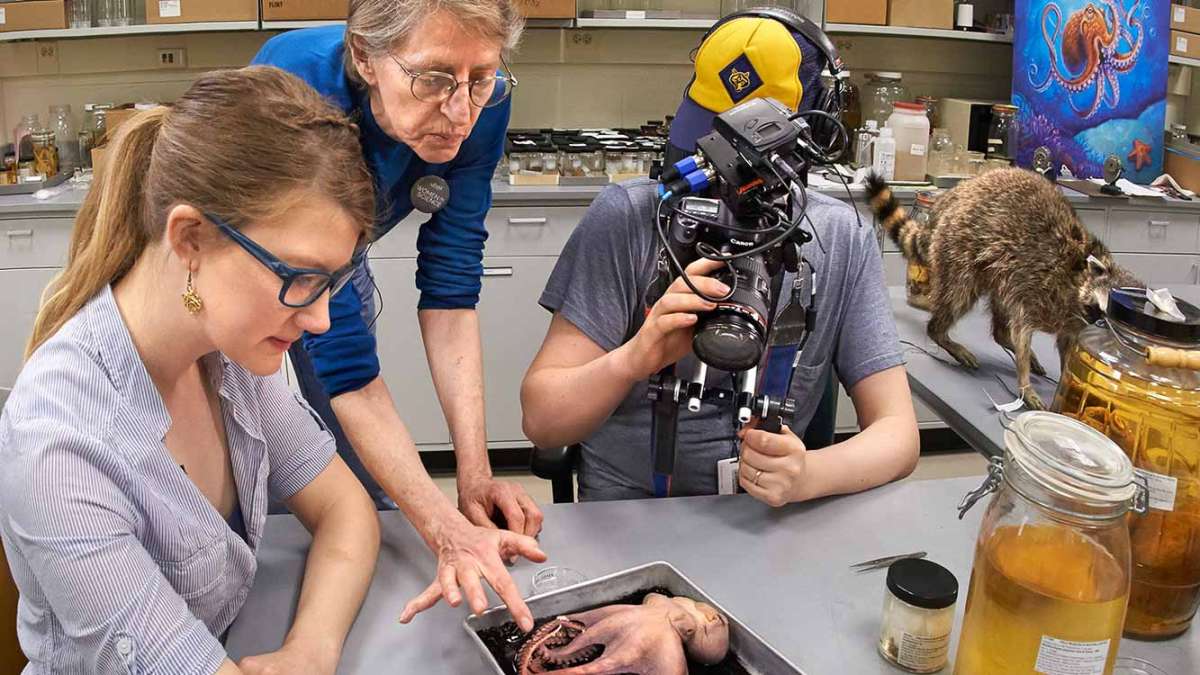
A behind the scenes shot of Emily Graslie working on her web series. (Courtesy of John Weinstein of The Field Museum)
The story of how one YouTube educator is reshaping natural history.
This piece is a part of our show on Natural History Museums. Take a look at the rest of our stories here.
Emily Graslie didn’t grow up a museum kid. Her family never went to see stuffed polar bears or T-Rex bones.
“We didn’t. I mean, I grew up in South Dakota. The closest thing that I had to a natural history museum, in terms of like taxidermied animals or dioramas or whatever, was your local hunting store.”
While she was studying art at the University of Montana, though, Graslie came across the school’s underfunded but scientifically diverse natural history collection. And she fell in love.
“From [an] artistic perspective, I became really interested in the specimens in the collection and started drawing them and painting them and trying to get my art friends to come over and create artwork based off the collection,” says Graslie. “And that, gradually, developed into photography and then blogging and then my web series”
That web series, The Brain Scoop, is now more than 140 episodes deep. In it, Graslie, 27, explores what happens behind the scenes at natural history museums, first at the University of Montana, and now, at the Field Museum in Chicago, where she holds the title Chief Curiosity Correspondent.
A typical episode finds her diving deep into a strange species of fish, or, say, out in the field, trying to find a bear carcass.
After successfully finding the headless bear, Graslie brings the remaining skeleton back to the lab, where she walks the audience through how they get cleaned and prepped for study or presentation.
In fact, there are lots of bones and blood and guts on The Brain Scoop, none of it censored.
More than once during the ‘Gutting the Wolf’ episode, Graslie nearly throws up from the stench of a rotting carcass. But she doesn’t quit disarticulating the remains, or stop trying to educate viewers on the mammal’s physical makeup.
“Why do we demonize this kind of thing? Why do we call it gross? It isn’t gross, it is biology,” she says. “It is science, this is how things operate, and this is how you can understand the mechanics of the world around you…So I kind of dismissed that mentality that this was gross or wrong or bad, in some kind of way, and started trying to encourage other people to open their minds a little bit and think about the wonder and the beauty and the unlikelihood of natural life.”
That sense of wonder has earned Graslie a huge legion of fans. Her videos get hundreds of thousands of views, and receive high marks from big names in the field of science.
“She puts the whole sloppy business of learning right in front of you,” says Robert Krulwich, co-host of Radiolab. “She gets things wrong, she gets things right by mistake. She gasps, she’s surprised, she’s overwhelmed, she’s underwhelmed, and you see a person actually learning. And there’s something very viral and contagious about that. A, because it is rare, and most important, because it is real.”
Graslie’s authenticity comes through, and she’s clearly comfortable being the star. But her job is to also bring out the best in the researchers she has on. Researchers who aren’t always skilled at explaining their work to laypeople or comfortable on camera.
“It all comes down to, like, video work and communication is hard work,” she says. “They don’t come to me really judgmental about how little I know about science, right, and so it is unfair for me to go to them and say, hmm, you’re not naturally gifted as a communicator so I’m not going to take the time to work with you.
Instead, they together reveal strange histories and facts about the objects in the collection. Her greatest strength, though, what makes the Brain Scoop just so watchable, is how funny Graslie can be, cracking jokes during dissections.
“I would say that humor plays a huge role in what we are doing and why it’s successful,” she says, “because it is like, you always get this question, does it have to be entertaining or educational, and my answer is always, ‘why can’t it be both?'”
It is both, but The Brain Scoop is also a third thing, which is simply good marketing for the Field Museum. It’s the type of outreach initiative other institutions would be wise to attempt.
Graslie is also a vocal champion of women in the STEM fields, and she hopes, an inspiration for younger viewers to take up the sciences. To expand that effort, her newest project is a companion web series called Natural News from the Field Museum, where she brings viewers a rundown of news and anecdotes from the Field’s researchers.
“So I’ve been telling people think Last Week Tonight meets SNL Weekend Update meets Natural History Science News,” says Graslie.
It’s part of her mission to showcase the natural world as a living, exciting field of study. Even the parts that are a bit hard to stomach.
WHYY is your source for fact-based, in-depth journalism and information. As a nonprofit organization, we rely on financial support from readers like you. Please give today.
